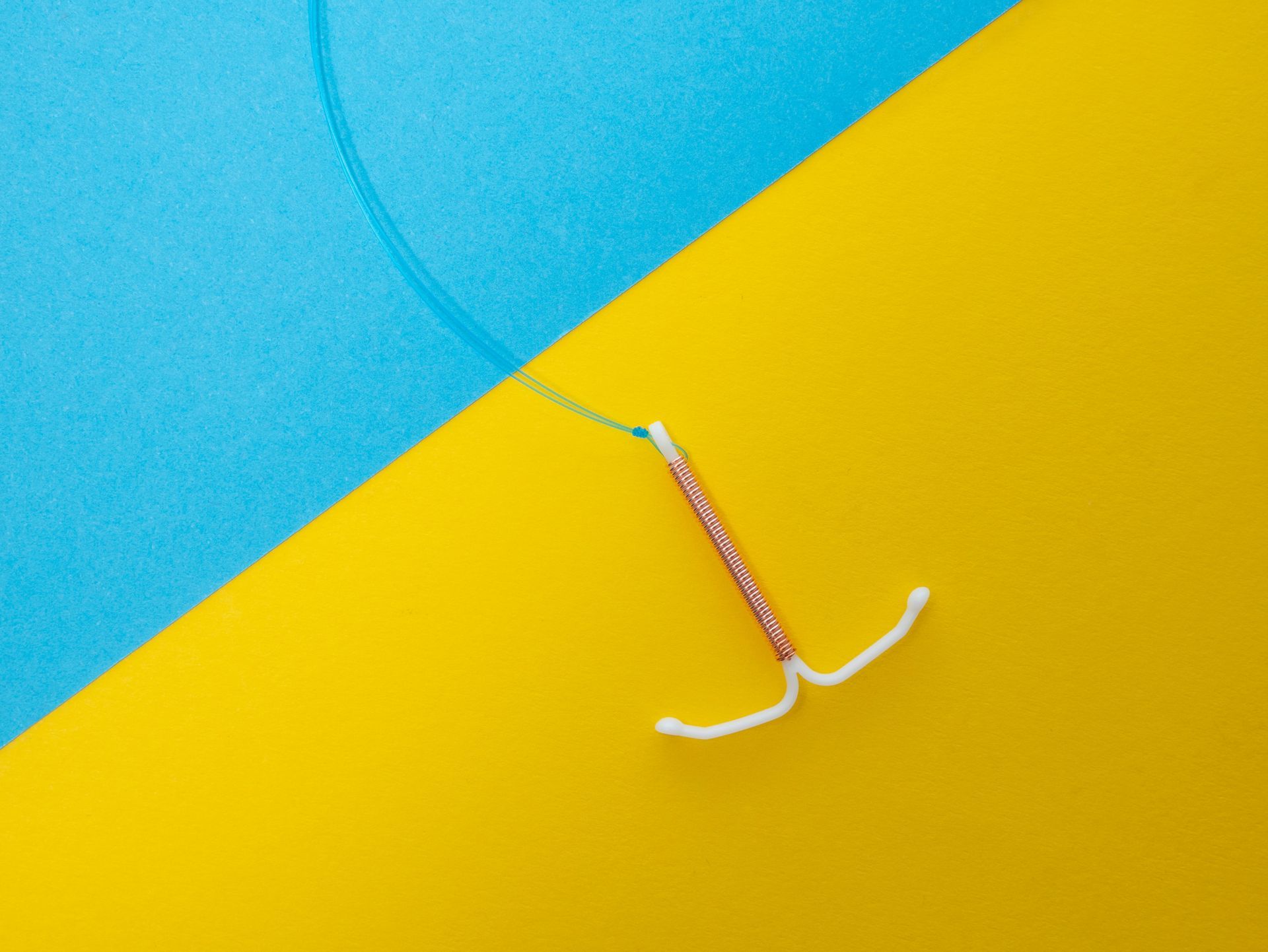How to feel the most prepared for an IUD insertion appointment
IUDs are an effective and long-lasting form of birth control. A copper IUD offers the same level of protection as hormonal birth control, like the pill but without the complication that can come with them. That is a big plus for many women.
Getting an IUD can come with a bit of stress, though. Mostly, it is because women don’t know what to expect. However, IUDs are safe for most women; insertion takes just a few minutes. How can you prepare for IUD insertion, and what can you expect during your appointment?
How Do I Prepare?
Your healthcare provider will provide you with a list of instructions on how to prepare for insertion of intrauterine device. In general, they follow the same basic steps.
Maintain Your Current Birth Control
First, if you are on another form of birth control, you should continue using it until the clinician tells you to stop. A copper IUD starts protecting you immediately after insertion. The wait will be longer with a hormonal IUD.
Eat Before Your Appointment
Many practitioners recommend you eat something before you come to the office. That helps maintain your blood sugar levels, so you don’t feel faint during the procedure.
Take an Over-the-Counter Pain Medication
The insertion of an intrauterine device may cause some uterine cramping. This is why most healthcare providers will tell you to take something before you come into the office. The recommendation is to take an NSAID if possible. NSAIDs help control inflammation. Some common NSAIDs are:
- Ibuprofen
- Motrin
- Advil
- Naproxin
If, for some reason, you cannot take NSAIDs, take acetaminophen or Tylenol. The office will also tell you what dose to take. Typically, it will range from 600 to 800 mg.
What Point in my Cycle Do I Get an IUD?
There is no set time during your cycle to get an IUD. They can go in anytime, even after an abortion or giving birth. Your healthcare provider may have a preference, though.
What is IUD Insertion Like?
The office staff will ask you about your medical history during the appointment. They will also do a pelvic exam to ensure there are no anomalies that might indicate you are not a good candidate for an IUD like fibroids.
Once it is clear that IUD placement is a practical choice, the healthcare provider will clean the area with an antiseptic to reduce the risk of infection. Next, they use a speculum to open your vagina and get access to your uterus. Another tool can help stabilize it if necessary. They may also take the time to measure your cervical canal and uterus. This is to ensure they are large enough to accommodate an IUD. Otherwise, there is a risk of perforation.
A special inserter tool is necessary to place the IUD through the opening of the cervix. The IUD folds for insertion and then expands once in place. The whole process takes just a few minutes.
Afterward, they may want you to sit in the office for a set time to ensure you don’t get dizzy or there are no complications with the device. Sometimes, the office staff may ask you to have someone drive you to and from the office in case you experience dizziness.
How Does It Feel to Get an IUD Put In?
It is normal to experience minor cramping as the IUD goes in place. Some women have no pain, and some state it is painful. Unfortunately, there is no way to know how it will feel for you.
This is one reason the office will tell you to take pain medication before you come to the appointment. For women who experience more pain, some healthcare providers use a local anesthetic to keep patients more comfortable. However, that is only necessary for about five percent of women getting an IUD.
What Can I Expect After IUD Insertion?
You may notice mild discomfort during the procedure, but it tends to go away once it is complete. After that, you can likely return to your normal activities, although some women prefer to rest after their appointment.
If you do experience cramps, taking over-the-counter pain medication should help. Follow the directions on the bottle for when to take the drug at the proper dosage. The office will review the aftercare directions with you and let you know about symptoms that indicate a problem, like fever. The first period you have after the IUD may be a little heavier than usual. It may also be earlier than you expect.
Checking Your IUD
Once in a while, you’ll want to check to ensure the IUD is in place. These devices have strings attached for easy removal. If you squat, you should be able to feel the strings with your fingers. If not, you may need to contact your provider to have it checked.
IUD Removal
IUDs last anywhere from five to 10 years, but you can have it taken out at any time. The office will provide you with an expiration date for the device. At that point, you will either need a new IUD birth control device or another type of contraception to prevent pregnancy.
Removal is similar to the insertion process. It is vital that you let a healthcare professional remove the IUD if you do want it out.
Flexi-T is a nonhormonal IUD that has just one active ingredient – copper. Find out more about Flexi-T today by visiting our website.













